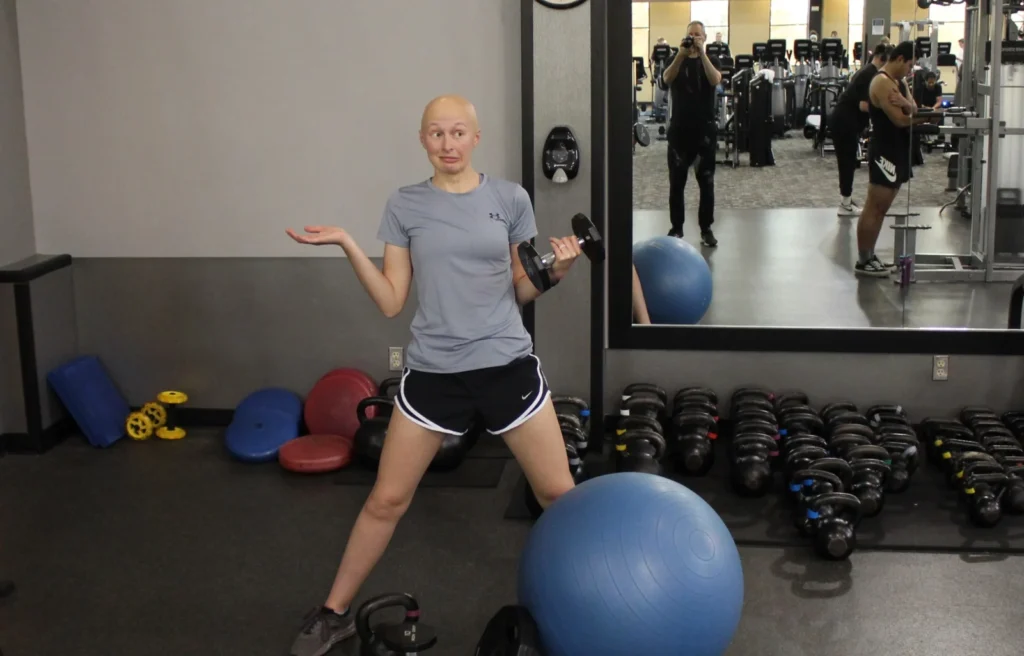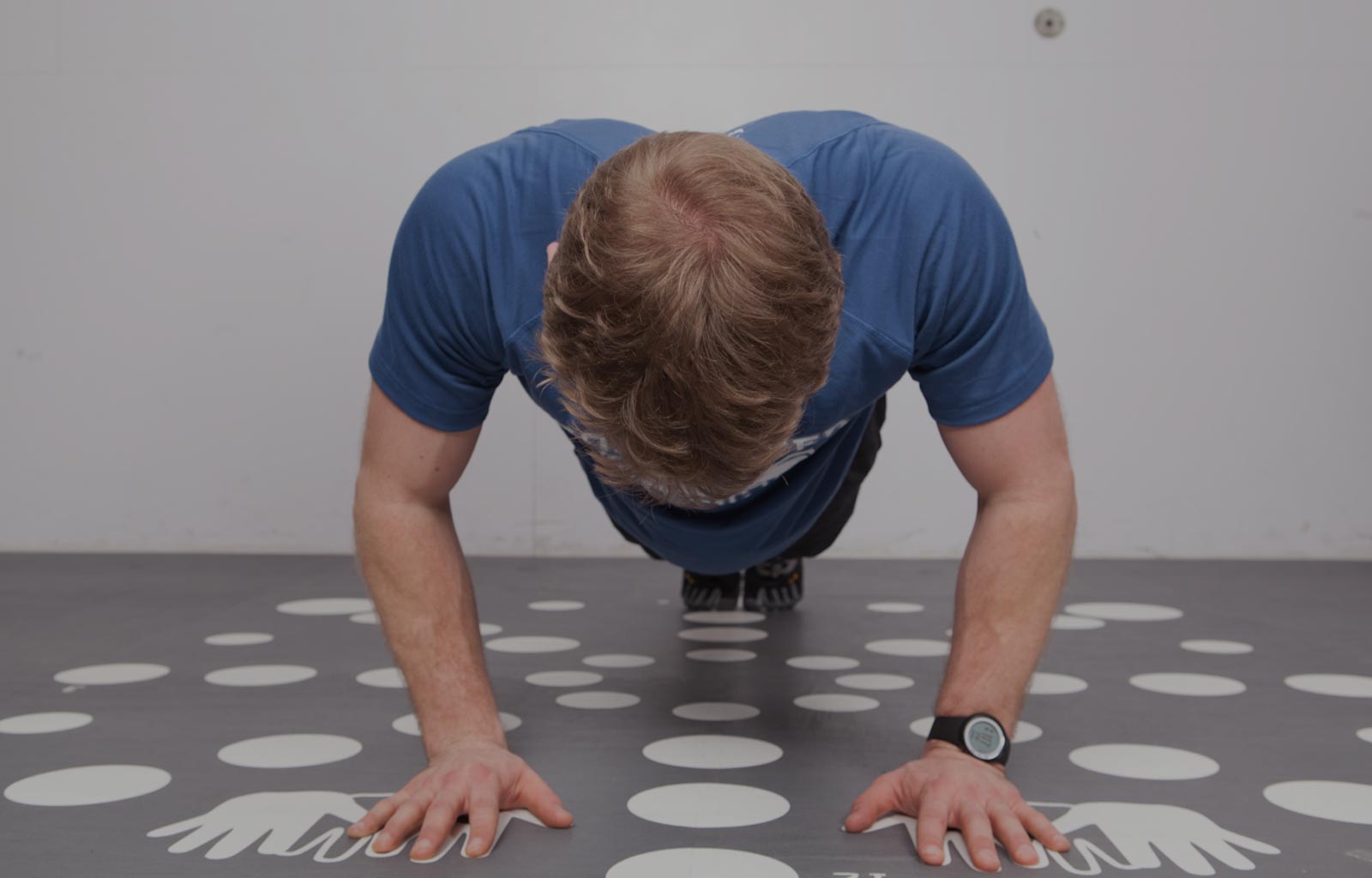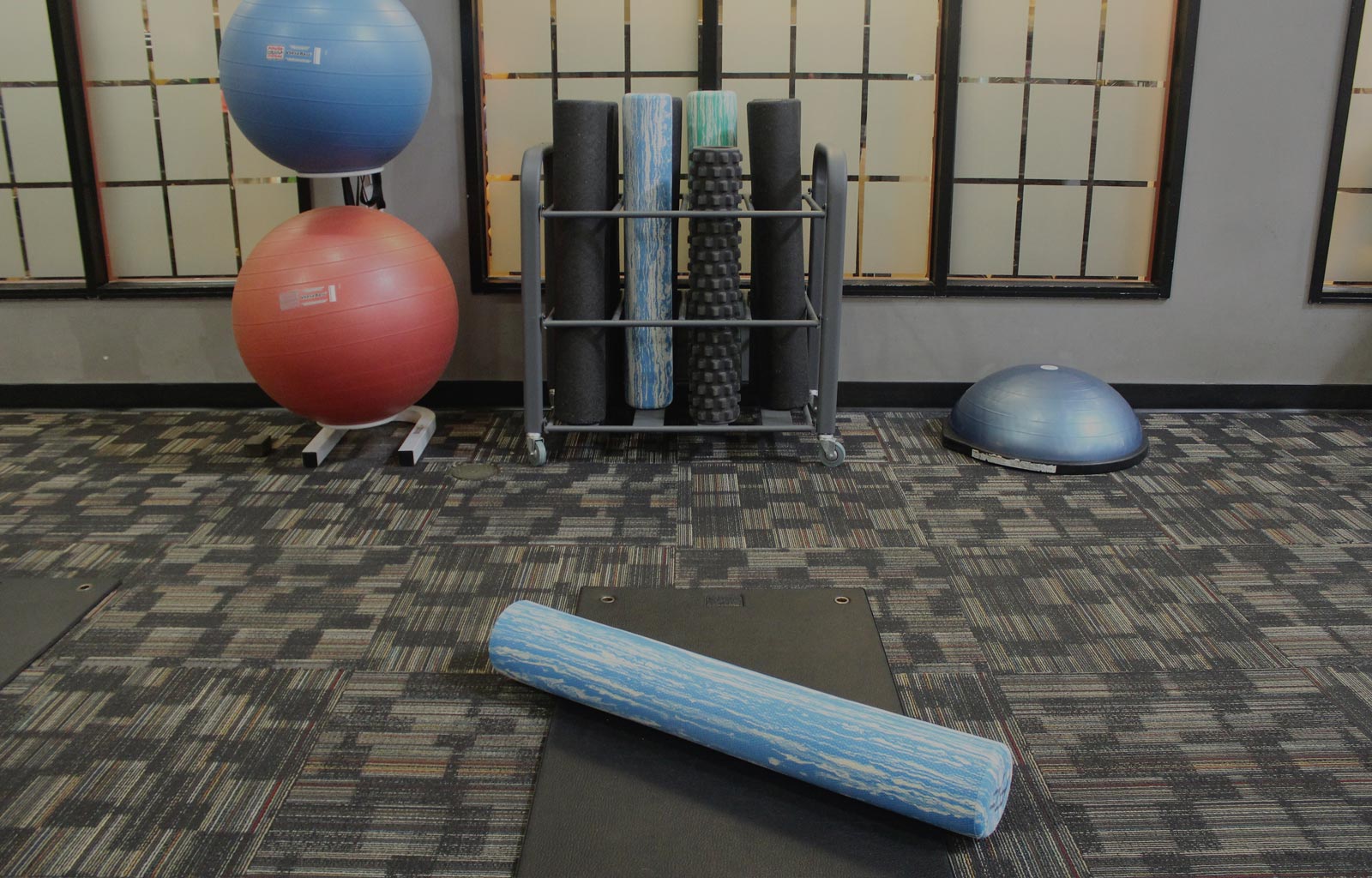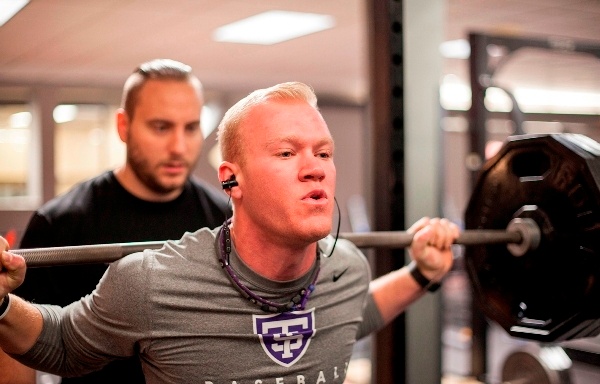You’ve mustered up the time and confidence to go to the RAC. You’ve put on your gym shoes and you’re ready to invest in a healthier you. You make it all the way out to the fitness floor and then you realize, you don’t know where to start!
You want to get stronger, but the weights look intimidating. You want to use the machines, but they look too complicated. So, you put your head down and make your way to an elliptical where you stay for the rest of your workout. Does this sound familiar? It does to me!
When I first started exercising 8 years ago, I had NO idea what I was doing. Now, as a personal trainer, one of the questions I get asked most frequently is, “where do I start”?
In this post, I’m going to walk you through some basic guidelines and ideas for creating an exercise program. So that the next time you hit the gym, you can do it with a plan and confidently achieve your fitness goals.
The U.S. Department of Health and Human Services recommends working towards at least 150 minutes of moderate intensity aerobic exercise (“cardio”) weekly. In addition 2 days per week of total body muscle strengthening activities are recommended.1 These recommendations are helpful, but what IS “moderate intensity aerobic exercise” and what types of muscle strengthening exercises should you be doing? Let’s dig in a little deeper!
There are 4 important components to consider when designing an exercise plan: frequency, intensity, time, and type. The American College of Sports Medicine provides guidelines for implementing these components:
Frequency refers to how often an exercise is performed. To reach the recommendation of 150 minutes of aerobic exercise weekly, you could perform 30 minutes/day 5 days/week, 20 minutes/day 7 days/week, or 50 minutes/day 3 days/week. For muscle strengthening activities, you can train all muscle groups twice a week, or split your training up so that you train upper body 2 days/week and lower body 2 days/week.
Intensity refers to how hard the exercise you are performing is for you. There are a variety of ways to determine intensity of aerobic exercise, but two easy ways are heart rate monitoring and rating of perceived exertion scale.
Moderate intensity aerobic exercise occurs at 64-76% of your heart rate maximum. To calculate a rough estimate of your maximum heart rate, subtract your age from 220. For example, if you were 50 years old, your heart rate max would be approximately 170 beats per minute. Exercising at a heart rate of 109-130 beats per minute (64-76% of 170) would be considered moderate intensity aerobic exercise.
If you don’t have a device that tracks your heart rate (such as a smart watch) you can also use the rating of perceived exertion scale. This is a 6-20 scale (weird, I know) where 6 is “no exertion at all” and 20 is “maximal exertion.” Moderate intensity is considered a 12-13 rating on this scale or “somewhat hard.”
Muscle strength activities should be performed at an intensity where your muscles get tired after about 8-12 repetitions, yet you are still able to maintain good form.
Time is the length of time an exercise is performed. In general, it is recommended adults accumulate at least 30 minutes of moderate intensity exercise per day.
Muscle strengthening exercises aren’t performed for a certain length of time. Rather, 2-4 sets of 8-12 repetitions is recommended for most adults. Remember though, this is a goal to reach for. Any amount of exercise will be beneficial, and you may need to start with a smaller amount of time (or repetitions) if you are new to exercising.
Type refers to the kind of exercise you are participating in. Aerobic exercise types may include brisk walking, water fitness, dancing, cycling, or playing sports.
Total body strength exercises should include exercises that work the upper body (ex. assisted pull ups, pushups, chest presses, rows), lower body (ex. squats, lunges, step-ups), and core (ex. planks, flutter kicks, single or double leg lifts). You can choose to use dumbbells, kettlebells, weight machines, bands, or body weight to provide resistance during strength exercises.2
Whew! That was a lot! But hopefully this information will help you feel a little more informed when you are planning your next workout.
Don’t forget, if you’re still feeling overwhelmed, you can always reach out to one of the RAC’s highly skilled personal trainers to schedule a session. We would love to help get you started. See you on the fitness floor!
RESOURCES
1. U.S. Department of Health and Human Services. Physical Activity Guidelines for Americans (2nd ed). Washington, DC: U.S. Department of Health and Human Services; 2018.
2. American College of Sports Medicine. (2018). ACSM’s Guidelines for Exercise Testing and Prescription (10th ed). Wolters Kluwer.




